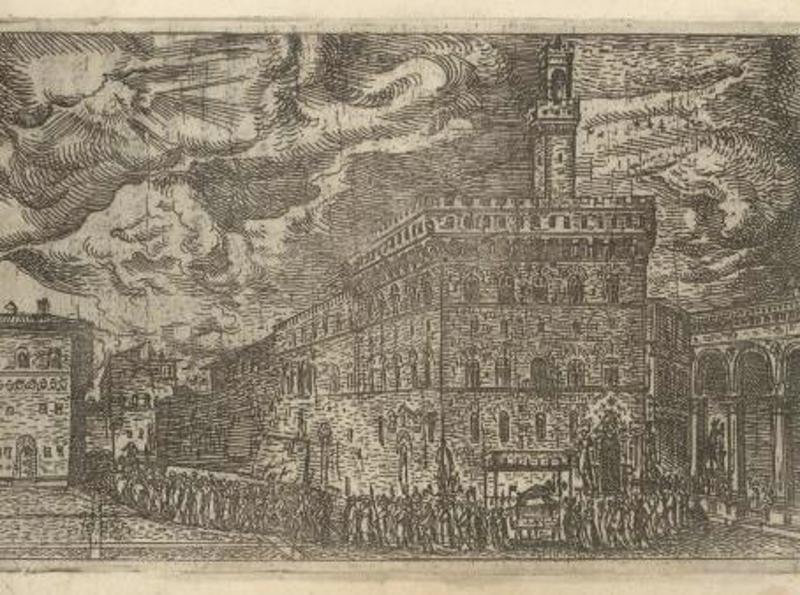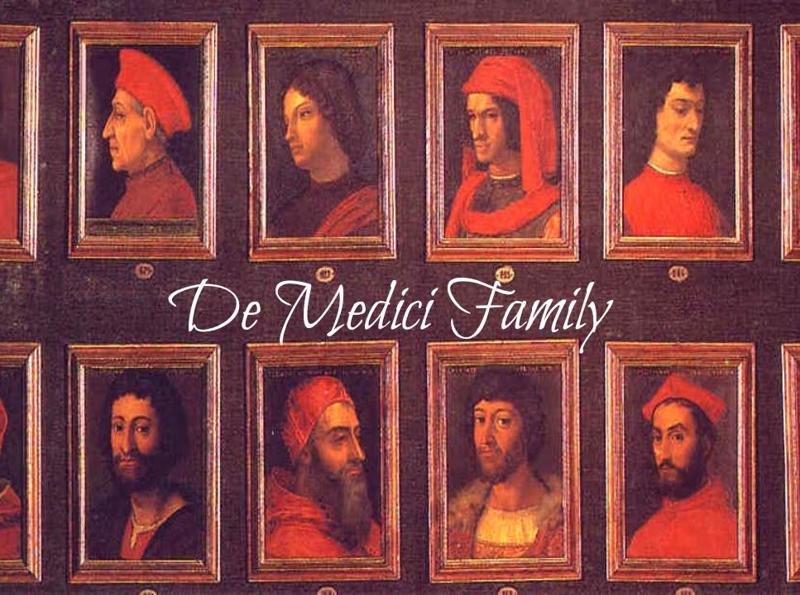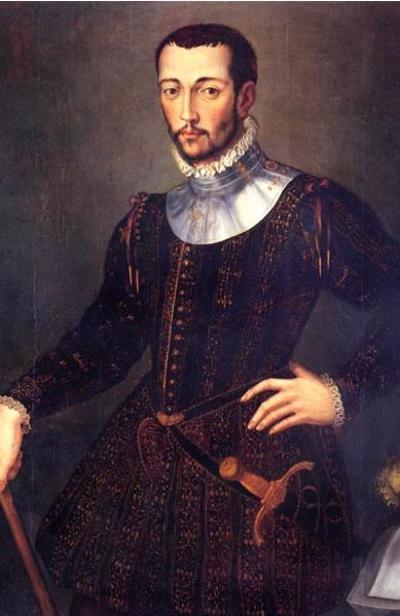A trip into the Italian Renaissance
The Medici family was a great and powerful dynasty during the Renaissance. The last stop is quite a sad stop, which is the funeral of Francesco I de Medici. Funerals during the Renaissance were very different from Funerals today, and we will be able to see how they were conducted by looking further into Francesco's funeral, as well as the background on the Medici family, and why they were the biggest contributor to the Renaissance.
The Medici family was a wealthy family who became so by the commerce and banking they did, the family were big supporters of art and humanism, and this led to a cultural flourish throughout Italy. They were also called "House of Medici" and Giovanni di Bicci de’ Medici was one of its elders, who greatly appreciated the arts of many Renaissance artists like Donatello and Fra Angelico. With his sons and grandsons, each supported these humanist works from artists and even made Leonardo Da Vinci and Michelangelo devote themselves to finishing the Medici family's tomb. Going back to the funeral, Francesco I de Medici was the son of Cosimo I De Medici, and just like his family, he was interested in his scholarly education, studying in science and arts. According to the article “Francesco I De' Medici.” Francesco I de' Medici, Grand Duke of Tuscany - The Medici Family." written about Francesco, he continued his family legacy and contributed to the cultural accomplishments of Florence. "n 1583 he founded the Accademia della Crusca (‘chaff’) for the purification of the Italian language and the promotion of Tuscan literature. He had already encouraged those decorative arts he loved by grouping craft workshops, particularly those producing jewelry, glass and porcelain, in Buontalenti’s Casino de’ Medici in Piazza S Marco; he even moved his own laboratory there. In 1581 he ordered the transformation of the upper storey of the Uffizi, newly completed by Buontalenti and Alfonso Parigi, into an art gallery to display his collections, with the choicest pieces grouped in Buontalenti’s octagonal, domed Tribuna." in 1587, Francesco suddenly died of Malaria a day after his wife's death. There was a small pamphlet of the funeral called the "Breve Descrizione delle Pompa funerale fatta Nelle essquie del Serenissima D. Francesco Medici II. gran Duca di Toscana." It shows images of the funeral, and states how in the church of San Lorenzo where they took his effigy, there were tapestries with images of his life events and accomplishments, which shows how funerals were done differently than today. Many grievers also followed his effigy to the church, due to his importance and fame from being a Medici. The Medici reign ended in 1737 when the last male ruler failed to have a male heir.
nicolelopez9396
7 chapters
28 Oct 2020
Last Stop: Francesco I de Medici's Funeral
November 30, 1587
|
Florence, Italy
The Medici family was a great and powerful dynasty during the Renaissance. The last stop is quite a sad stop, which is the funeral of Francesco I de Medici. Funerals during the Renaissance were very different from Funerals today, and we will be able to see how they were conducted by looking further into Francesco's funeral, as well as the background on the Medici family, and why they were the biggest contributor to the Renaissance.
The Medici family was a wealthy family who became so by the commerce and banking they did, the family were big supporters of art and humanism, and this led to a cultural flourish throughout Italy. They were also called "House of Medici" and Giovanni di Bicci de’ Medici was one of its elders, who greatly appreciated the arts of many Renaissance artists like Donatello and Fra Angelico. With his sons and grandsons, each supported these humanist works from artists and even made Leonardo Da Vinci and Michelangelo devote themselves to finishing the Medici family's tomb. Going back to the funeral, Francesco I de Medici was the son of Cosimo I De Medici, and just like his family, he was interested in his scholarly education, studying in science and arts. According to the article “Francesco I De' Medici.” Francesco I de' Medici, Grand Duke of Tuscany - The Medici Family." written about Francesco, he continued his family legacy and contributed to the cultural accomplishments of Florence. "n 1583 he founded the Accademia della Crusca (‘chaff’) for the purification of the Italian language and the promotion of Tuscan literature. He had already encouraged those decorative arts he loved by grouping craft workshops, particularly those producing jewelry, glass and porcelain, in Buontalenti’s Casino de’ Medici in Piazza S Marco; he even moved his own laboratory there. In 1581 he ordered the transformation of the upper storey of the Uffizi, newly completed by Buontalenti and Alfonso Parigi, into an art gallery to display his collections, with the choicest pieces grouped in Buontalenti’s octagonal, domed Tribuna." in 1587, Francesco suddenly died of Malaria a day after his wife's death. There was a small pamphlet of the funeral called the "Breve Descrizione delle Pompa funerale fatta Nelle essquie del Serenissima D. Francesco Medici II. gran Duca di Toscana." It shows images of the funeral, and states how in the church of San Lorenzo where they took his effigy, there were tapestries with images of his life events and accomplishments, which shows how funerals were done differently than today. Many grievers also followed his effigy to the church, due to his importance and fame from being a Medici. The Medici reign ended in 1737 when the last male ruler failed to have a male heir.



Share your travel adventures like this!
Create your own travel blog in one step
Share with friends and family to follow your journey
Easy set up, no technical knowledge needed and unlimited storage!